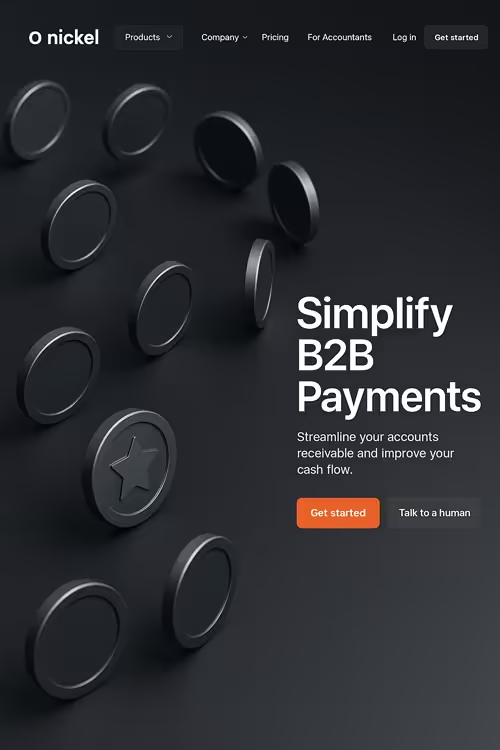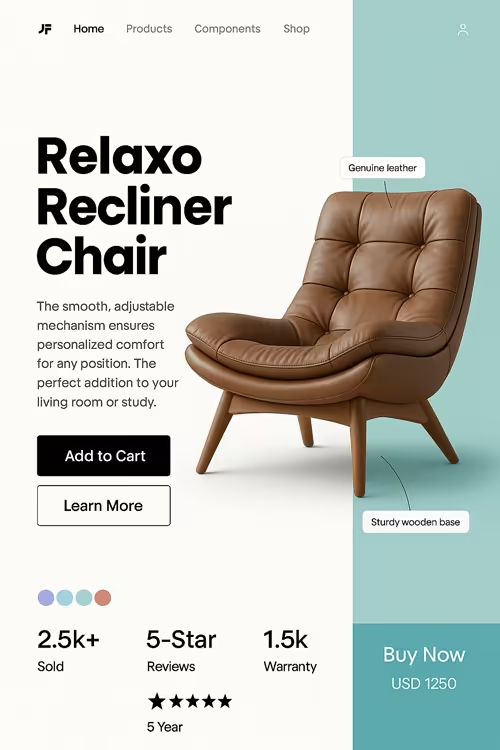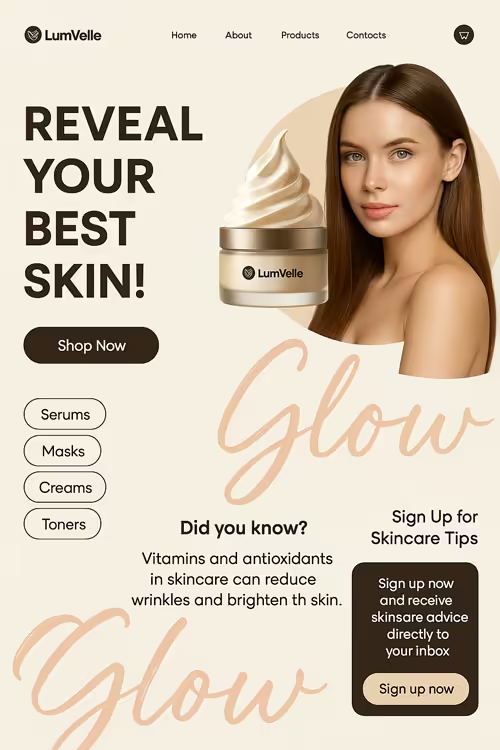SERVICES
Services
Strategy & Consultancy
Every journey needs a map! We help businesses plan the right path to introduce their brand to the world. With our years of experience, we create strategies that get real results.
Design System
A design system is like a toolbox of reusable parts that can be combined to create many different things. It keeps everything looking the same across all your brand's materials using consistent colors, fonts, and design elements.
Brand Guidelines
Brand guidelines are like rule books that show how to use your logo, colors, fonts, and messaging. They make sure everyone who creates content for your brand does it the same way.
Visual Identity
Visual identity is the face of your brand - your logo, colors, fonts, and images. It helps people recognize your brand and feel connected to it by showing what your company stands for.
Product Design
Product design is about creating new things that people want and that match your brand. We make products that work well, look great, and are easy to use.
Motion Graphics
Motion graphics are moving pictures that combine animation with design. They help tell stories on websites and social media, making complex ideas easier to understand and more fun to watch.
UI/UX Design
UI/UX design creates websites that are easy to use and look great. UI is about the visual parts like colors and layouts, while UX makes sure websites are simple to navigate and enjoyable to use.
Responsive Design
Responsive design makes websites work well on any device - phones, tablets, or computers. The pages adjust automatically to fit different screen sizes so they always look good and work properly.
Wireframing & Prototyping
Wireframing is like making a sketch of a website before building it. Prototyping takes this further by creating a working model. These steps help test and improve designs before the final version.
E-commerce Design
E-commerce design creates online stores that are easy to shop in. We focus on making product pages look good, creating simple checkout processes, and helping customers find what they want quickly.
Website Redesign
Website redesign is like giving your website a makeover. We update how it looks, make it easier to use, and ensure it works better on search engines and all devices.
Mobile App Design
Mobile app design creates programs for phones and tablets that are fun and easy to use. We make sure apps work smoothly, look great, and keep people coming back.
Custom Web Development
Custom web development builds websites specifically for your business needs. We create unique features that regular websites don't have, making your online presence special and perfect for your goals.
Content Management Systems (CMS)
Content management systems are tools that let you update your website without knowing complicated code. They make it easy to add new content, schedule posts, and keep your website fresh.
On-Page SEO
On-page SEO improves individual web pages to rank higher in search results. We optimize content, headings, images, and code to help search engines understand what your pages are about.
Off-Page SEO
Off-page SEO is about improving how other websites see yours. We build quality links from trusted sites to yours, which tells search engines your content is valuable and trustworthy.
Technical SEO
Technical SEO focuses on making your website work better for search engines. We make your site faster, mobile-friendly, and easier for search engines to read, which helps improve your rankings.
Keyword Research
Keyword research finds the words people type when looking for businesses like yours. We discover which terms are most popular and relevant, then use them to help customers find you online.
Local SEO
Local SEO helps businesses appear in search results for nearby customers. We optimize your Google Business profile, manage reviews, and ensure your contact information is correct everywhere online.
SEO Audits
SEO audits examine your website to find what's working and what needs fixing. We check everything from technical issues to content quality, then give you a plan to improve your search rankings.
Content Optimization
Content optimization makes your website information helpful for both visitors and search engines. We organize text, use the right keywords, and create interesting content that keeps people on your site longer.
SEO Analytics & Reporting
SEO analytics tracks how well your website performs in search results. We monitor visitor numbers, keyword rankings, and other important data to see what's working and what needs improvement.
Google Ads
Google Ads shows your business in search results when people look for things you offer. You only pay when someone clicks your ad, making it a great way to find new customers interested in what you sell.
Social Media Advertising
Social media advertising places your ads on platforms like Facebook, Instagram, and TikTok. We target people based on their interests and behavior, helping you reach exactly who would like your products.
Pay-Per-Click (PPC) Advertising
PPC advertising means you only pay when someone clicks your ad. Your ads appear at the top of search results or on websites, bringing people directly to your business when they're looking for what you offer.
Display Advertising
Display advertising shows picture ads on websites and apps. These colorful, eye-catching ads help people remember your brand and can encourage them to visit your website to learn more.
Remarketing & Retargeting
Remarketing shows ads to people who've already visited your website. It's like a friendly reminder about your business when they're browsing elsewhere online, encouraging them to come back and complete a purchase.
Influencer Marketing
Influencer marketing partners with popular social media personalities to promote your business. These trusted individuals recommend your products to their followers, helping you reach new customers who trust their opinion.
Video Advertising
Video advertising uses moving pictures to promote your business. Videos can tell stories, explain products, and create emotions in ways that pictures and text can't, making people more likely to remember your brand.
Affiliate Marketing
Affiliate marketing rewards people who send customers to your business. Partners promote your products on their websites or social media, and you pay them when someone they refer makes a purchase.







